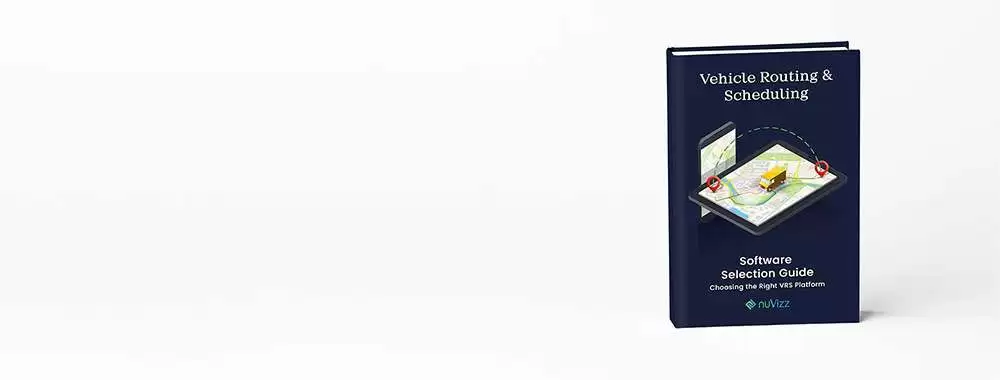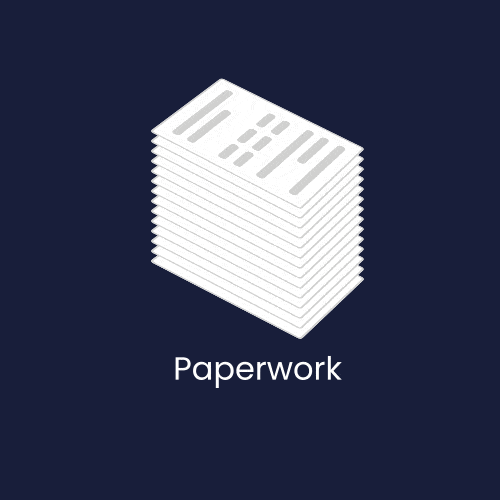
According to Gartner VRS (Vehicle Routing and Scheduling) applications are “Solutions for vehicle routing and scheduling and last mile are specialized transportation applications aimed at organizations that directly (e.g., private fleet) or indirectly (e.g., contract fleet, crowdsourced fleets) manage shipping assets and resources. These tools are used to develop route plans that meet the delivery objectives at minimal cost/mileage based on the firm’s input (such as from orders), rules and constraints.” Vehicle Routing and Scheduling in some form has also been part of traditional TMS (Transportation Management Solutions) for decades now. However the increasing volumes of eCommerce deliveries in the last decade combined with rise in fuel prices and driver shortages has made the delivery of goods to the customer doorstep complex and expensive.
With the rise of eCommerce retailers like Amazon, customer expectations of package delivery experience has changed. Instead of parcel carriers dictating the terms on when an order can be delivered, consumers are now demanding that their orders be delivered within hours instead of days or weeks. This has made the last mile the most expensive and the most complex part of a delivery operation. Large package delivery carriers like FedEx, UPS and USPS are facing capacity shortages and putting a cap on how many packages they can deliver. This fact is evident with every passing holiday season when delivery volumes break past records. This had led enterprises to change their strategy on last mile deliveries. They are no longer reliant on a single carrier to deliver their goods to the end customer. They are using a combination of in-house fleet, contracted 3rd party carriers, delivery agents, crowd drivers etc.
Traditional TMS solutions used for running delivery operations were not designed to handle this level of delivery network complexity. A traditional TMS may create routes that minimize cost and/or maximize vehicle assets but they do not account for the narrow delivery time windows that customers demand or sending a smaller vehicle to a customer location due to access constraints. Enter Vehicle Routing and Scheduling (VRS) Solutions – a solution that combines regular vehicle and route optimization techniques while taking into account customer experience and expectations.
A good VRS is not a static monolith – it is adaptable and allows business to execute different delivery strategies e.g. some longer routes that go up a highway earlier in the morning may need to have their farthest location scheduled for drop off first and then make their way back against the traffic to reduce delay and run time while some routes that serve dense urban areas may need to have their routes built nearest out first to maximize the number of customers delivery on time or before time.
Many business verticals like food delivery also have customer demand come in real time throughout the day while the vehicles are already dispatched. Businesses cannot wait for their vehicles to complete their delivery runs before the next set of customer orders can be dispatched due to the narrow delivery window demanded by end customers. VRS solutions are designed to use real time vehicle location and capacity data to dynamically plan delivery of orders as they come on demand in real time.
Businesses with a lot of on demand orders use gig drivers due to driver shortages to supplement their delivery capacity. Unlike regular drivers with predictable hours, gig drivers availability is not known in advance. When on demand orders come in, a good VRS solution has to evaluate capacity and driver location in real time to make a decision to offer deliveries to gig drivers. Not just that but it needs to account for contingencies if the gig driver does not accept the delivery request and try other possible delivery options including 3rd party delivery platforms.
Over the years as enterprises face more challenges in executing their last mile delivery strategy, solution providers have evolved their VRS solutions to solve them. There are a plethora of options available in the market now. How do you select the one that suits you best? Are there some fundamentals attributes that one can look for to determine a best fit solution? Our team here at nuVizz has more than a decade of experience in providing cutting edge delivery management solutions including VRS for enterprises big and small. Get a free Buyer’s Guide to VRS Solution – Download Free EBook.

